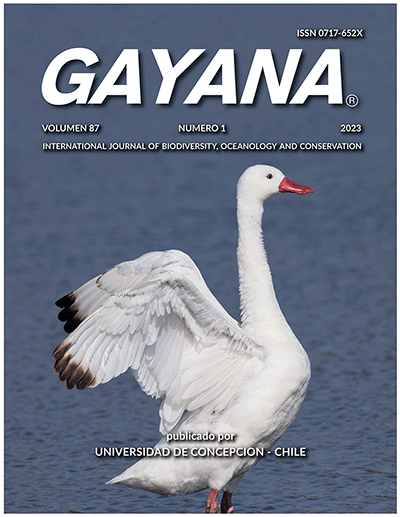Abstract
American mink (Neovison vison) represents a threat to both biodiversity and economy in various regions of the world, including Patagonia. This invasive species has been successfully removed from many areas of Europe. In Chile and Argentina there have been only patchily distributed attempts of local control to date and large-scale removal has been considered unfeasible. We analyzed available scientific information, to determine best-fit strategies and improved methodologies that increase efficiency (capture per unit of effort) in American mink control. We reviewed published papers about programs that aimed at local control, functional or total eradication of minks in the Web of Science (WoS) database. Based on accessible information, the influence of some field variables on capture efficiency was determined through a General Lineal Model. From 1525 results in the WoS search, 51 papers refer to mink control action carried out in 28 areas of Europe and South America since 1992. Trapping has been the most used and efficient capture method. Short trapping periods that cover larger lineal distances per control program, and the use of attractants, specifically pheromones, have led to improved control efficiency. Chilean, Scottish and English experiences showed among the highest trapping efficiency values. We identify areas of research needed on mink ecology and behavior and trapping techniques that could improve trapping efficiency. A control program that incorporates the outcomes of this data assessment has the potential to improve feral mink removal. But further research is required to ensure that these efficiency measures result in cost-effective control in Patagonia.

This work is licensed under a Creative Commons Attribution-NonCommercial 4.0 International License.
Copyright (c) 2023 Ronar López, B. Kay Clapperton, Gonzalo Medina-Voguel

